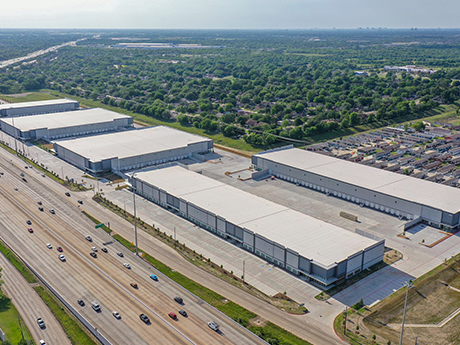
Harnessing the Power of Solar Energy: A Comprehensive Guide to Solar Output Evaluation
As the world increasingly shifts towards sustainable energy solutions, solar power has emerged as a frontrunner in the race to combat climate change. The efficiency and reliability of solar panels play a pivotal role in determining the success of solar energy systems. In this article, we will delve into the various factors influencing solar output and guide you on how to evaluate and optimize your solar energy system for maximum efficiency.
Understanding Solar Output: A Primer
Solar output refers to the amount of electricity a solar panel generates under specific conditions. This value is influenced by factors such as sunlight intensity, duration, and the angle at which sunlight strikes the panels. To comprehend solar output fully, it’s essential to grasp the concept of the solar panel’s efficiency – the percentage of sunlight converted into electricity.
The Impact of Sunlight Intensity on Solar Output
Sunlight intensity is a critical factor affecting solar panel performance. Panels generate the most electricity when exposed to direct sunlight. Cloud cover, shading, or obstructions can significantly reduce sunlight intensity, leading to decreased solar output. Understanding the local climate and optimizing the positioning of solar panels are crucial steps in mitigating the impact of sunlight intensity.
Solar Panel Orientation and Tilt: Optimizing for Efficiency
The orientation and tilt of solar panels can significantly influence their output. Proper alignment ensures that panels receive maximum sunlight throughout the day. In the northern hemisphere, panels should face south, while in the southern hemisphere, a north-facing orientation is ideal. Additionally, adjusting the tilt angle according to the latitude of the installation site can enhance solar panel efficiency.
The Role of Temperature in Solar Output
While sunlight is crucial for solar panel performance, temperature also plays a role in determining solar output. High temperatures can reduce the efficiency of solar panels, causing them to generate less electricity. Selecting appropriate materials and incorporating ventilation can help manage temperature-related challenges and optimize overall system performance.
Regular Maintenance for Optimal Solar Output
Ensuring the longevity and efficiency of a solar energy system requires regular maintenance. Dust, dirt, and debris can accumulate on solar panels over time, reducing their ability to capture sunlight. Regular cleaning and inspection are essential to maximize solar output. Additionally, monitoring system components, such as inverters and wiring, can help identify and address any issues promptly.
How to Evaluate Solar Output: A Practical Guide
Evaluating solar output involves assessing the performance of your solar energy system under various conditions. It includes monitoring electricity production, tracking any fluctuations, and identifying potential issues. To guide you through this process, check out our detailed guide on “How to Evaluate Solar Output.” This comprehensive resource provides step-by-step instructions and tips to help you optimize your solar energy system effectively.
Conclusion: Empowering a Sustainable Future
In conclusion, understanding and optimizing solar output is essential for harnessing the full potential of solar energy. By considering factors such as sunlight intensity, panel orientation, temperature, and regular maintenance, you can ensure that your solar energy system operates at peak efficiency. As we collectively strive towards a sustainable future, maximizing the output of solar energy systems is a crucial step in reducing our dependence on non-renewable energy sources.



